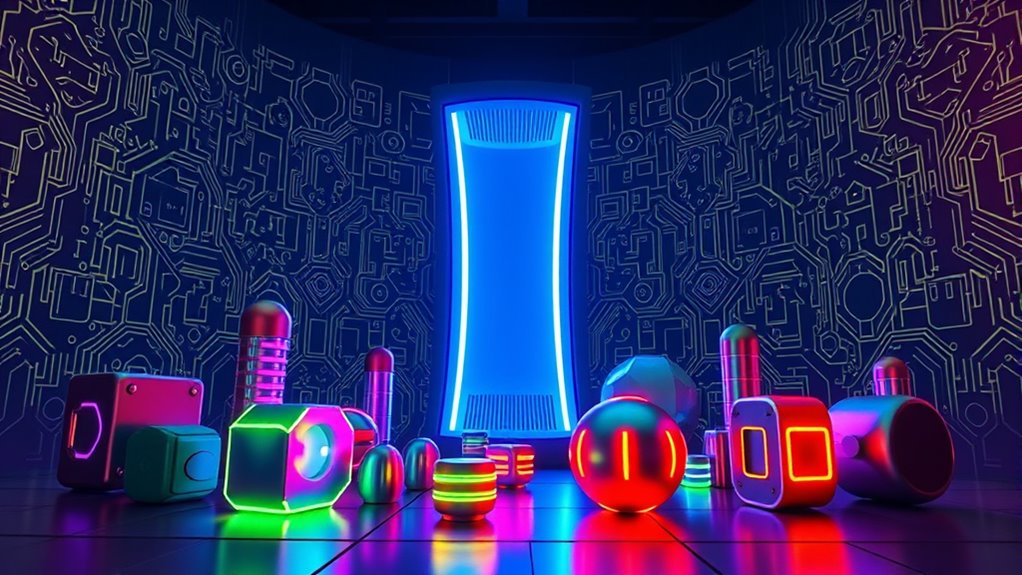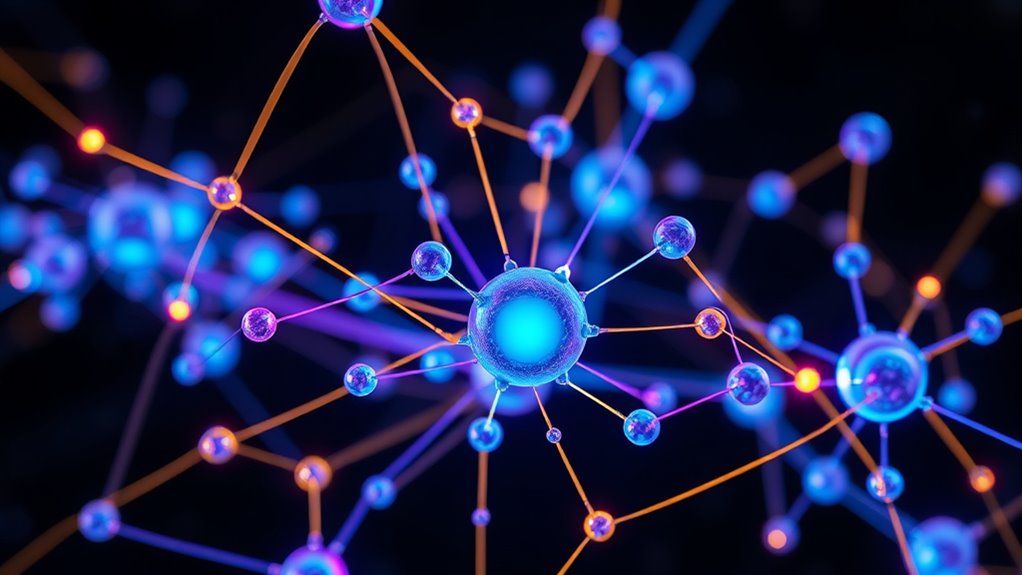Although technology is advancing fast, many schools are now using artificial intelligence, or AI, to help with learning. It’s becoming a big part of education, with 86% of students already using AI for their studies. However, 58% of these students feel they don’t know enough about AI. Additionally, a significant number of students, with 80% believing university integration of AI tools does not meet expectations, are dissatisfied with current efforts.
On the other hand, only 9% of teachers use generative AI tools regularly, and 71% have never even tried them. Still, 61% of K-12 teachers use adaptive learning systems weekly, and 53% of primary teachers work with chatbots like ChatGPT in class.
AI brings some clear benefits to schools. It can adapt learning materials to fit each student’s needs, making lessons more personal. It also helps teachers by acting as an automated assistant, saving time on tasks like lesson planning. AI can analyze data to improve curriculums and make resources more accessible to different communities. Plus, it streamlines boring jobs like creating tests, so teachers can focus on teaching. Additionally, AI supports educators by automating routine tasks like grading and reporting, allowing more time for meaningful student interactions.
AI in schools personalizes lessons, assists teachers with planning, and streamlines tasks like test creation, freeing educators to focus on teaching.
But not everyone’s excited about AI in education. A quarter of teachers think it does more harm than good in K-12 schools. Many worry students might use AI to cheat on assignments. There’s also a concern that not all kids have equal access to these tools, which could widen learning gaps. Some students and teachers feel unprepared to use AI, and there’s a fear that relying too much on tech might weaken basic skills. Additionally, only 6% of teachers believe AI tools do more good than harm, highlighting widespread skepticism.
Looking at the tools, adaptive systems like Khan Academy and i-Ready are popular for customizing lessons. Chatbots like Google Bard help in classrooms, and generative AI tools like DALL-E spark creativity. Many students have tried AI writing tools, and some schools use AI for personalized quizzes.
As for the future, AI could make learning more engaging and interactive. It might inspire new ideas and help create tailored lesson plans. Yet, teachers will need training to use it well. AI could also cut costs by making resources easier to share.
While AI’s role in schools is growing, it’s clear there are both exciting possibilities and real challenges to face.









